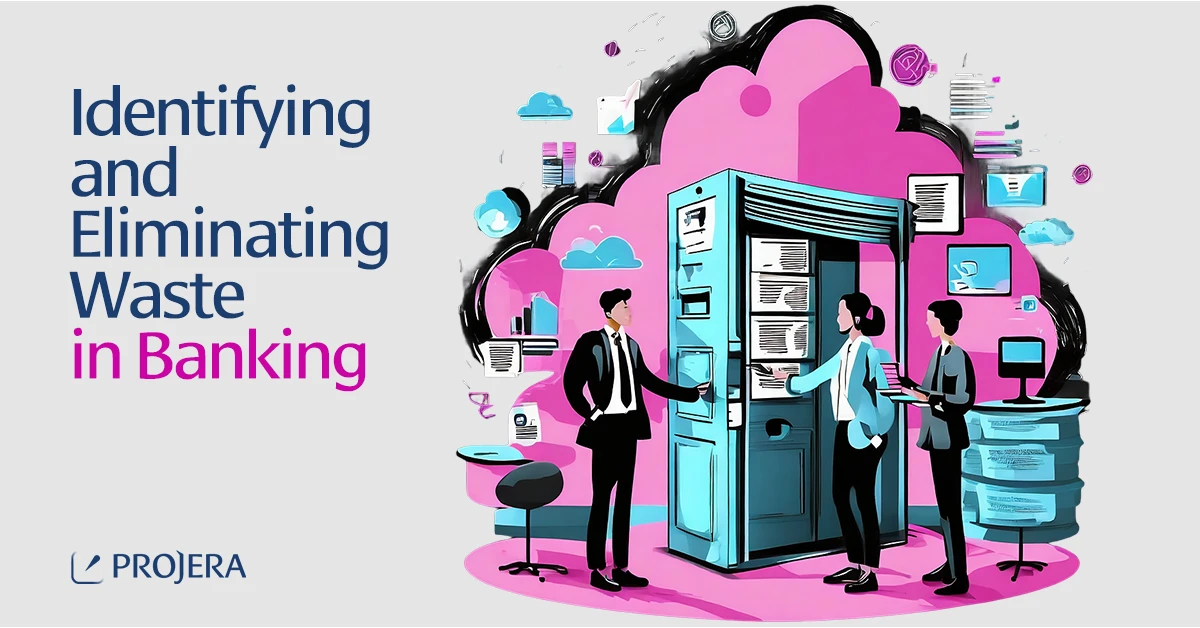
Lean Optimization in Banking Operations: A Modern Approach to Efficiency
The financial industry has historically been perceived as a monolith, often slow to change and adapt. However, as competitive pressures intensify and customers become more demanding, banks are compelled to seek innovative solutions to enhance efficiency and deliver value. One such solution that’s gaining traction is lean optimization.
Originating from the manufacturing floors of Toyota in the mid-20th century, lean thinking is centered on maximizing customer value while minimizing waste. By employing lean principles, banks can streamline operations, improve customer service, and boost their bottom line. Let’s delve into how lean optimization can revolutionize banking operations.
The Core Principles of Lean Optimization
Before we explore its application in banking, it’s essential to understand the foundational principles of lean:
- Value: Understand what customers value and are willing to pay for.
- Value Stream: Map out the steps and processes that deliver this value.
- Flow: Ensure that the value-creating steps flow smoothly without interruptions.
- Pull: Produce only what is needed when it’s needed.
- Perfection: Continuously refine and enhance processes.

Identifying and Eliminating Waste in Banking
In the context of banking, waste can manifest in various ways – from redundant processes to long waiting times for customers. By adopting a lean lens, banks can identify seven types of wastes: overproduction, waiting, transporting, processing, inventory, motion, and defects. For instance, a lengthy loan approval process with multiple stages of verification might represent ‘over-processing’, while a customer waiting for days to get account approval exemplifies the ‘waiting’ waste.
Streamlining Customer Service with Lean
Lean thinking places the customer at the center. By focusing on what the customer values, banks can enhance service delivery. For instance:
Reducing Service Time: By studying the processes involved in routine banking tasks like account opening or loan approval, banks can identify bottlenecks and eliminate them, thereby reducing service times.
Enhancing Customer Interactions: Lean optimization can refine customer touchpoints, ensuring customers spend minimal time in queues, receive quicker responses to inquiries, and experience seamless service across channels, be it online, on the phone, or in-branch.
Continuous Improvement in Banking Operations
Kaizen, or continuous improvement, is a core tenet of lean thinking. By fostering a culture of continuous improvement, banks can adapt to changing customer needs, regulatory landscapes, and market dynamics. Regularly reviewing processes, seeking employee feedback, and staying attuned to customer feedback are critical.
Lean Digital Transformation
In today’s digital age, lean optimization in banking isn’t confined to physical processes alone. Implementing lean principles in digital transformations can enhance online banking experiences. For instance:
Simplifying User Interfaces: Overly complex digital platforms can deter customers. Lean digital design focuses on simplicity and ease of use, ensuring customers can execute banking tasks swiftly and intuitively.
Accelerating Digital Responses: Just as in physical operations, digital wait times matter. Banks can optimize server responses, streamline digital processes, and ensure quick turnarounds on digital queries.
Employee Empowerment and Training
A bank can’t go lean without its employees on board. Training programs that familiarize employees with lean principles and tools are essential. Moreover, empowering employees to identify inefficiencies in their day-to-day tasks and encouraging them to propose solutions fosters a bottom-up approach to lean optimization.
Performance Metrics and Monitoring
To ensure that lean principles are effectively embedded in operations, banks need to establish relevant performance metrics. These could range from service delivery times and error rates to customer feedback scores. Regular monitoring and benchmarking against these metrics can highlight areas of improvement and ensure sustained adherence to lean practices.
Challenges in Lean Implementation in Banking
While the benefits are compelling, implementing lean in banking isn’t without challenges. Traditional banking cultures, resistance to change, and the intricacies of financial regulations can pose obstacles. Addressing these requires a top-down commitment to lean thinking, investing in training, and fostering a culture that embraces change.
Conclusion
In a world where banking is becoming increasingly commoditized, lean optimization offers banks a competitive edge. By streamlining operations, eliminating waste, and relentlessly focusing on customer value, banks can not only enhance efficiency but also significantly improve customer satisfaction. In the race to remain relevant and profitable, lean thinking could be the banking industry’s most valuable ally.
